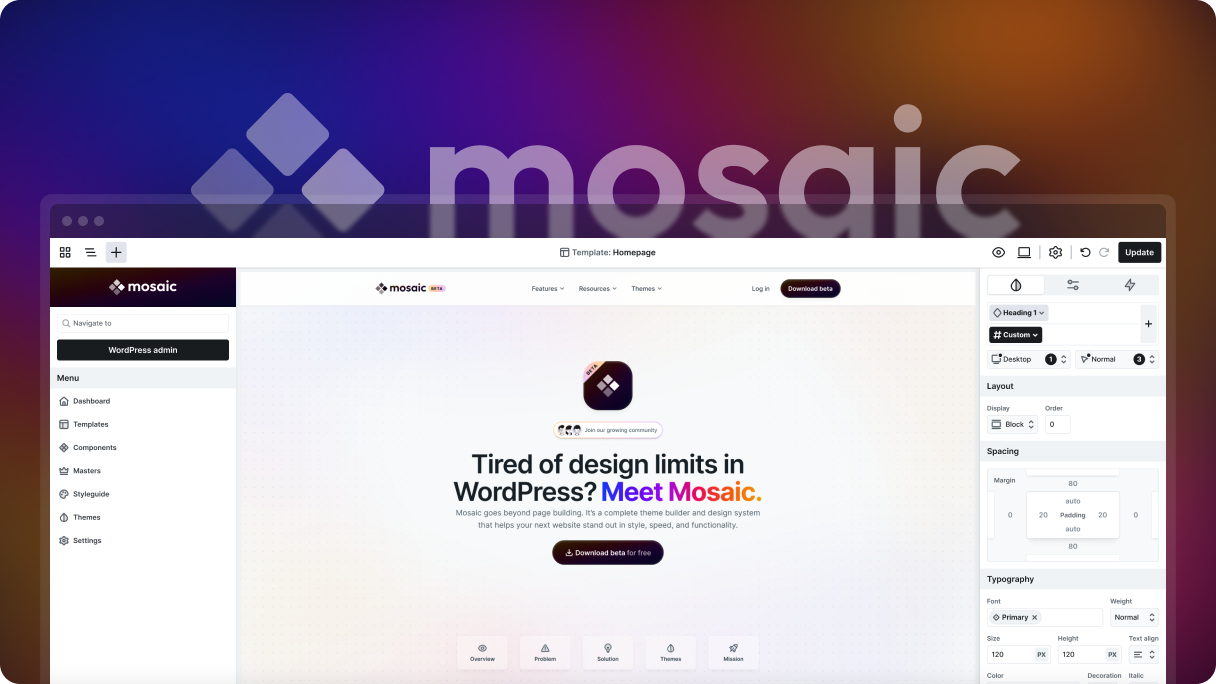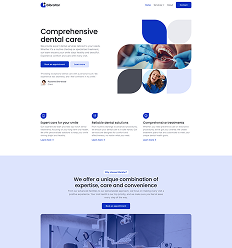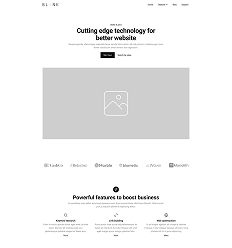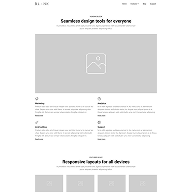You can enable server-side thumbnail rendering by running Google Chrome in headless mode through PHP. Once Chrome is installed on your server, PHP can launch it to generate thumbnails directly on the server side.
By setting up server-side rendering, your system can produce higher-quality thumbnails more quickly, since the rendering happens on the server instead of relying on the client’s browser. This results in sharper previews, faster load times, and an overall smoother experience.
Ubuntu
This guide is written specifically for Ubuntu servers and will walk you through checking if Chrome is already installed and, if not, installing it.
First, connect to your Ubuntu server using SSH.
ssh username@your-server-ipReplace username with your actual server user (often root or another admin user), and your-server-ip with the server’s IP address.
If this is your first time connecting, you may be asked to confirm the host fingerprint. Type yes and press Enter. Then enter your password or use your SSH key if configured.
Once logged in, check if Chrome is already installed:
google-chrome --versionIf Chrome is installed, you’ll see its version number.
If you see command not found, Chrome isn’t installed and you’ll need to follow the installation guide.
Install Google Chrome on Ubuntu
sudo apt updatewget https://dl.google.com/linux/direct/google-chrome-stable_current_amd64.debsudo dpkg -i google-chrome-stable_current_amd64.debsudo apt --fix-broken installgoogle-chrome --versionRegenerate thumbnails
Head back to Mosaic and regenerate your thumbnails.
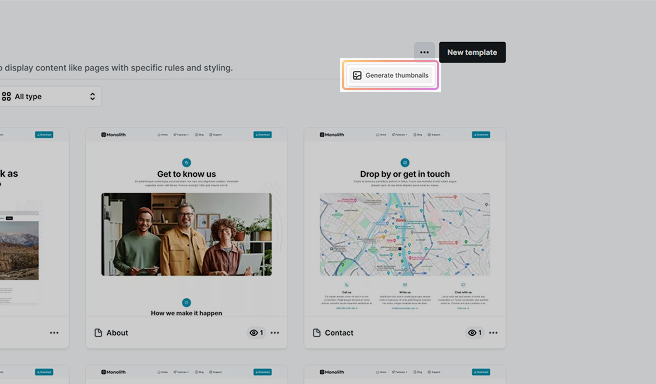
- If you encounter any errors, please contact us with the details so we can investigate and escalate the issue further.
- If the process completes without errors, Google Chrome is correctly set up and server-side rendering is working.
